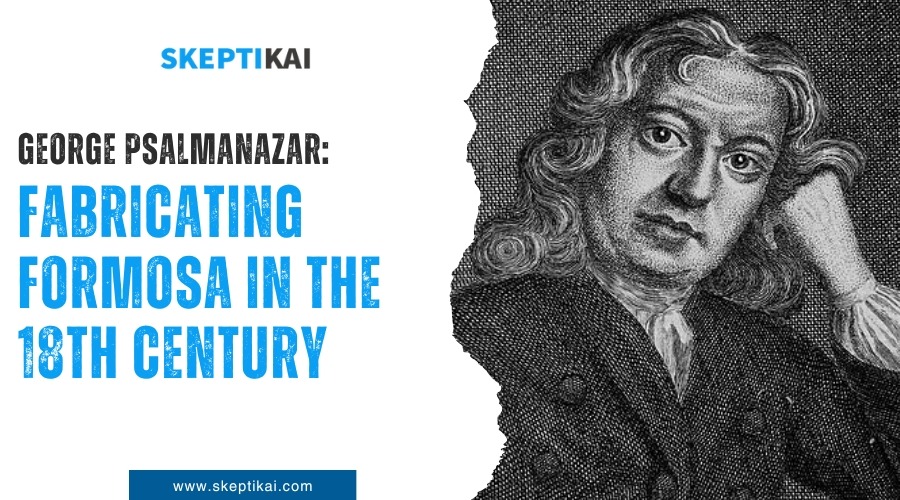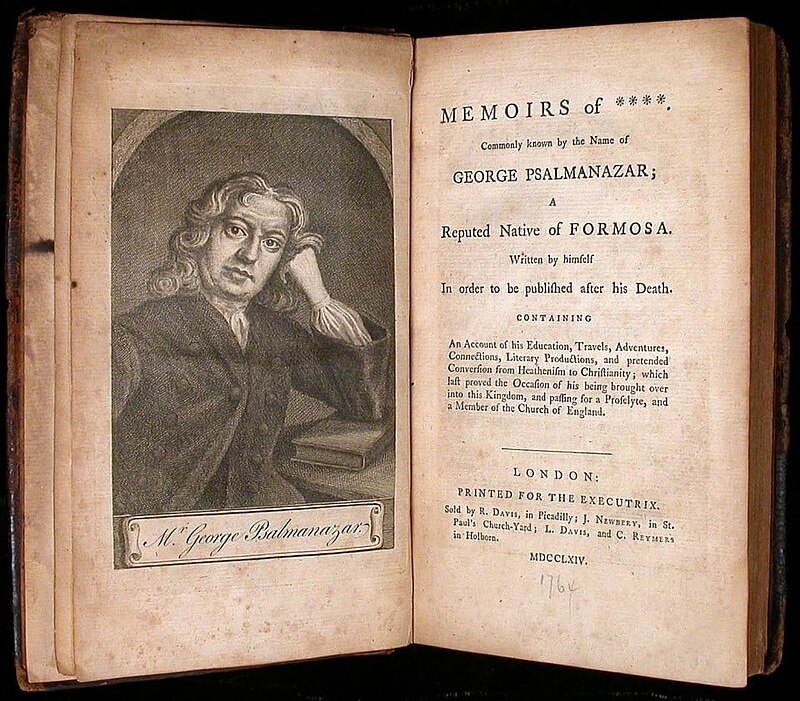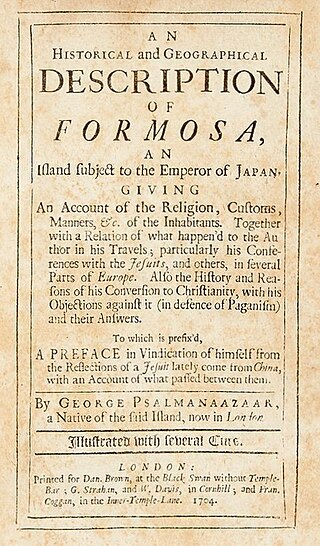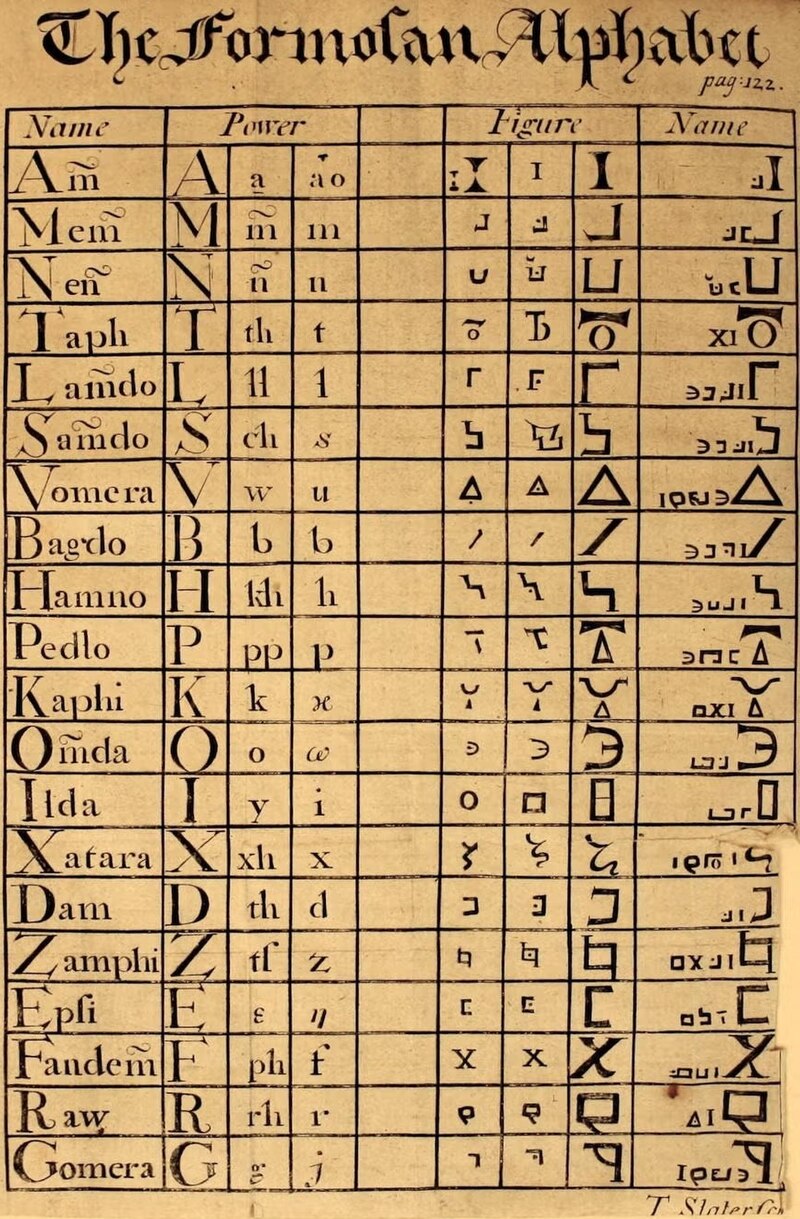Imagine you’re living in the 18th century, and you come across George Psalmanazar’s shocking tales of Formosa, complete with bizarre rituals and an entirely fabricated language. You’d likely be as captivated as the English intellectuals of his time, who were initially taken in by his elaborate hoax.
Yet, as you peel back the layers of Psalmanazar’s deception, you’re left to wonder how such an audacious lie could have been so readily accepted. This story isn’t just about a con artist’s downfall but also prompts a deeper exploration into the era’s appetite for the exotic and the mechanisms of belief.
How did Psalmanazar craft such a convincing narrative, and what does this tell us about the society that embraced it? Let’s uncover the implications together.
Early Life Mysteries
The mysteries of George Psalmanazar’s early life, from his true birth name to the precise year he was born, add an intriguing layer to his story. You’d find yourself captivated by how little is known about his beginnings before he emerged as one of the most audacious impostors of the 18th century. Educated in Latin at a young age within Franciscan and Jesuit institutions, his linguistic prowess was evident early on. Yet, it’s his impostor career that truly marks his entry into the annals of deception.
Before claiming to hail from Formosa, now known as Taiwan, Psalmanazar had already dabbled in deceit, masquerading first as an Irish pilgrim and then as a Japanese convert. However, it was his encounter with Alexander Innes that steered him towards his most infamous role. Together, they concocted a story so elaborate about Formosa, filled with exotic customs and entirely fabricated details, that it challenged 18th-century perceptions of truth and deception. Psalmanazar’s tale wasn’t just a lie; it was a carefully crafted narrative that played into the era’s fascination with the exotic and the unknown.
Arrival in Europe
Upon arriving in Europe in 1704, George Psalmanazar sparked a wave of fascination by claiming he was a Formosan native, ensnared by Jesuit priests. His arrival in Europe wasn’t just a mere event; it became the talk of the town. You’d think his fabricated story and the outrageous customs he described would’ve raised doubts. Yet, English intellectuals and society were consumed by curiosity and fascination. They were intrigued by his tales of cannibalism and child sacrifice, customs so alien to their own.
| Fact | Impact |
|---|---|
| Claimed victim of Jesuit priests | Highlighted as kidnapped, adding drama |
| Fabricated story of Formosa | Stirred curiosity among English intellectuals |
| Described outrageous customs | Sparked fascination and horror |
| Became well-known in England | His tales influenced 18th-century perceptions of Formosa |
Psalmanazar’s arrival in Europe did more than just introduce a “Formosan” to English society. It set the stage for a cultural fascination that would see him become a notable figure, weaving tales that, for a time, many took as truth. His story illustrates the power of curiosity and the lengths to which people will go to satisfy it, even embracing the most outlandish tales.
Crafting the Formosan Identity
Building on his initial intrigue, George Psalmanazar took his deception further by meticulously crafting a Formosan identity, complete with its own customs and language. You’d be amazed at the lengths he went to embed authenticity into this imagined culture. He claimed Formosans started their day with vipers’ blood for breakfast, a detail so bizarre it captivated European imaginations.
He didn’t stop there. Psalmanazar developed an intricate Formosan language, even publishing a book that detailed these fabricated customs and the complex alphabet of his creation. This wasn’t just a simple deception; it was an elaborate one, with allegations of child sacrifice to an ox-shaped god adding a dark twist to his tale.
Despite being skilled in art, the Formosans, according to Psalmanazar, lacked basic technologies like shoemaking. It’s these contradictions that eventually led to his deception being exposed. Yet, the fabricated identity of Formosa had a lasting impact. Even after the truth came out, Psalmanazar’s false account continued to circulate in Europe, a testament to the deep imprint his 18th Century fabrications left on the collective European consciousness.
Literary Deceptions
Psalmanazar’s literary deceptions, including his creation of a fake Formosan alphabet and language, mark a notable chapter in the history of 18th-century literature. You’ll find that George Psalmanazar’s talents in fabricating customs like cannibalism and child sacrifice showcased not only his creativity but also his ability to weave complex narratives that blurred the lines between truth and fiction.
His works caught the attention of figures like Jonathan Swift, who even referenced him in “A Modest Proposal,” highlighting the impact Psalmanazar had on his contemporaries. Despite being exposed as a fraud, Psalmanazar’s legacy as a master of literary deception endures, making him a fascinating study in how far the imagination can stretch the fabric of reality.
| Keyword | Context within Psalmanazar’s Deceptions | Impact on 18th Century Literature |
|---|---|---|
| Fake Alphabet | Added authenticity to the Formosan narrative | Intrigued and fooled many readers |
| Fabricated Customs | Cannibalism and child sacrifice | Shocked and captivated the public |
| Legacy | Endures despite exposure as a fraud | Continues to fascinate as a study in deception |
George Psalmanazar’s blend of fabricated customs and a fake alphabet remains a testament to the thin line between truth and fiction he so expertly navigated.
European Fascination
George Psalmanazar’s elaborate tales of Formosa quickly captivated European intellectuals, sparking a wave of fascination with the exotic and the unknown. In the 18th Century, this craze for Psalmanazar’s Fabricated Formosa reflected a broader European enthusiasm for exploring and imagining distant lands. His fictional accounts, filled with bizarre customs like cannibalism and child sacrifice, didn’t repel; instead, they intrigued a continent far removed from such practices.
You’d think the invented Formosan language and alphabet would’ve raised suspicions, but they only added layers of authenticity to Psalmanazar’s cultural deception. This meticulously crafted lie wasn’t just about a fake language; it was a testament to his understanding of what would captivate his audience. European intellectuals, in their gullibility, lapped up these exotic narratives, eager to learn more about these far-off places, no matter how fantastical the stories might seem.
Psalmanazar’s ability to manipulate perceptions and conjure an entirely fictional culture didn’t just highlight European curiosity—it exposed their eagerness for tales of exotic lands and customs. This fascination with the fabricated tales of Formosa, therefore, wasn’t just about the allure of the unknown; it was a reflection of 18th-century Europe’s appetite for the bizarre, the exotic, and ultimately, the entirely fictional.
Cultural Fabrications
Delving into the cultural fabrications, it’s clear that the vivid customs and bizarre practices Psalmanazar presented were meticulously crafted to captivate his audience. He spun a tale so enthralling with his account of Formosa, an island whose history and geographical description were as fascinating as they were fictional. By inventing native rituals and a complete Formosan alphabet, Psalmanazar added layers of complexity to his imaginary land, making it seem real to those who hung on his every word.
The cultural fabrications included:
- Vipers’ blood for breakfast: A shocking dietary staple that left his European audience both horrified and intrigued.
- Infant sacrifices to an ox-shaped god: A fabricated custom designed to evoke a mix of fascination and repulsion.
- Lack of basic technologies like shoemaking: While claiming Formosans excelled in art, this detail highlighted a supposed primitive aspect of their culture, contrasting sharply with their artistic achievements.
Through these cultural fabrications, Psalmanazar’s description of Formosa became a testament to the power of storytelling, no matter how far from the truth. His fabricated customs showcased a deep understanding of what would captivate and engage his audience, ensuring that the tale of this entirely imaginary land endured.
Skepticism and Controversy
As we explore the unfolding saga of Psalmanazar’s tale, skepticism and controversy inevitably surface, challenging the veracity of his intricate fabrications about Formosa. You’ll find that despite the allure of his stories, the deceptive nature of Psalmanazar’s work did not escape the keen eyes of some English intellectuals and members of the Royal Society. They questioned the authenticity of his claims, sparking a broader debate on the reliability of his accounts.
| Aspect | Reaction | Outcome |
|---|---|---|
| Cannibalism Claim | Shock and disbelief | Increased scrutiny |
| Invented Language | Fascination among scholars | Doubts about authenticity |
| Formosan Customs | Initial acceptance, later skepticism | Debate on cross-cultural interactions |
| Sales of Formosa Book | Quick sell-out, curiosity spiked | Raised questions on gullibility |
This table illustrates the varied reactions to Psalmanazar’s fabricated claims. Initially, his tales of Formosa captured the imagination of 18th-century England, yet as skepticism grew, controversy shadowed his every step. The contrast between Psalmanazar’s deceptive accounts and genuine cross-cultural interactions of the era became stark, highlighting the fine line between fascination and folly in the quest for knowledge about distant lands.
Legacy of Deceit
Psalmanazar’s elaborate hoax not only captivated but also fooled an entire generation, leaving a legacy that intertwines deceit with enduring fascination. His fabricated Formosan culture, complete with outrageous customs like cannibalism and infant sacrifice, showcased a masterful deception that played into the gullibility and stereotypes prevalent in 18th-century England. Despite being exposed as a fraud, his legacy continues to intrigue, marked by a curious blend of disgrace and admiration.
- A Fabricated Culture: Imagine a world where outrageous customs are accepted as truth, where cannibalism and infant sacrifice are just a part of daily life.
- Gullibility Exposed: Envision a society so eager for novel tales that it readily embraces a complete fiction, highlighting the power of manipulation.
- A Fictional Identity: Picture a man assuming a completely fictional identity and maintaining it in the face of reality, challenging our perceptions of authenticity.
Psalmanazar’s ability to manipulate perceptions and create a compelling, though entirely fictional, identity contrasts sharply with the authenticity sought by genuine individuals from other cultures. His story is a testament to the fine line between fiction and reality, and the complex legacy of deceit, fraud, and ultimately, human fascination with the unknown.
Repentance and Confession
While the legacy of deceit left by Psalmanazar’s elaborate hoax continues to fascinate, his later years brought about a moment of repentance and candid confession that shed new light on his actions. In his autobiography, ‘The Memoirs of ****’, published posthumously in 1764, he laid bare the truth behind his fabrications and the motivations that drove him to maintain such a grand deceit.
Despite this act of contrition, he kept his true identity and birthplace a secret, adding another layer of mystery to his already enigmatic legacy. His memoir not only revealed his extensive impostures but also his reasons, including vanity, which even led to daily opium use in his later years.
Here’s a quick overview of Psalmanazar’s confession:
| Aspect | Detail | Impact |
|---|---|---|
| Autobiography | Published posthumously in 1764 | Added depth to his legacy |
| True Identity | Refused to disclose | Maintained mystery |
| Opium Use | Attributed to vanity | Personal flaws |
| Confession | Revealed fabrications and motivations | Shed light on deceit |
| Legacy | Memoir deepens understanding | Complex figure in history |
Psalmanazar’s confession and the subsequent publication of his memoir invite us to reflect on the complexity of his character and the intricacies of his motivations.
Historical Reassessment
Given the shocking revelations about Psalmanazar’s fabrications, historians have begun to reassess his contributions to our understanding of 18th-century cultural perceptions. His elaborate deception, once accepted by the likes of the Royal Society and the Bishop of London, represents a remarkable instance of cultural fabrication and highlights the vulnerability of scholarly circles to imposters. The exposure of Psalmanazar as a fraud didn’t immediately erase his influence; rather, it transformed him into a symbol of the challenges inherent in separating truth from fiction in historical narratives.
Consider the following to imagine the depth of Psalmanazar’s deception:
- Outrageous claims of cannibalism and child sacrifice painted a grotesquely fascinating picture of Formosa.
- The concoction of a unique language added a layer of authenticity to his fabrication.
- Despite losing credibility, his accounts continued to circulate, underscoring the allure of the exotic and the unknown.
Psalmanazar’s affair underscores the importance of verification in historical scholarship and serves as a cautionary tale about the allure of sensational stories. As a historical case study, it presents an enduring lesson in the necessity of discerning truth from fiction, challenging historians to scrutinize sources meticulously to avoid the pitfalls of accepting deception at face value.
Conclusion
You’ve journeyed through the tale of George Psalmanazar, a master of deceit who captivated 18th-century Europe with tales of a fabricated Formosa. Despite initial fascination, skepticism eventually unveiled his fabrications, leading to his downfall.
His story serves as a stark reminder of the importance of critical scrutiny and verification in historical narratives. Psalmanazar’s legacy, marked by repentance and a cautionary tale, underscores the enduring fascination with and consequences of literary deceptions.



